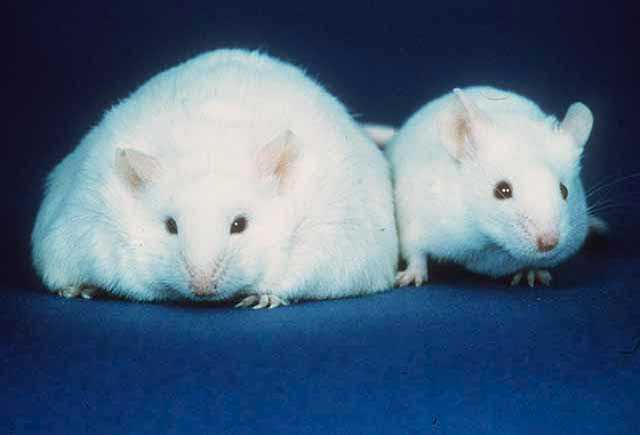A laboratory study on rats found that the animals that breathed Beijing’s notoriously polluted air gained weight and showed signs of cardio-respiratory and metabolic dysfunctions after three to eight weeks of exposure.
My grandparents live in a small farm in the countryside, and though they’re probably the oldest people I know, they’re in remarkably good shape. Better than me even. My grandma used to say it’s the clean air out there that keeps them healthy, while my grand-dad thought that “all that junk food makes me fat.”
He’s really nice like that. But, as it turns out, he was right — and my grandma more so.
It’s in the air
A Duke University team placed pregnant rats and their offspring in two chambers, one connected to Beijing’s outdoor air and the other receiving filtered air, free of most impurities and pollution particles. After living in these conditions for 19 days, the lungs and livers of pregnant rats exposed to the polluted air were heavier and showed increased tissue inflammation.
The rats had 50 percent higher LDL cholesterol; 46 percent higher triglycerides; 97 percent higher total cholesterol and showed greater insulin resistances (indicative of the early stages of Type 2 diabetes) than their control-group counterparts.
These numbers support the study’s conclusion that city air pollution leads to metabolic dysfunction and fosters obesity. At the end of the eight weeks study period, female and male rats exposed to the pollution were 10 percent and 18 percent heavier, respectively, than those exposed to clean air.
These results were also seen in the rats’ offspring, which were kept in the same chambers as their mothers.
The team also found that the negative effects of pollution were less severe at thee weeks’ exposure than at eight. This suggests that the continuous inflammatory and metabolic changes (and ultimately, the increases in body weight they lead to) seen in the rats requires long-term exposure.
The data is consistent with other studies on the effects of air pollution that report increased oxidative stress and inflammation in the organs and circulatory system; The findings also echo previous studies linking air pollution with increased insulin resistance and altered fat tissue.
“Since chronic inflammation is recognized as a factor contributing to obesity and since metabolic diseases such as diabetes and obesity are closely related, our findings provide clear evidence that chronic exposure to air pollution increases the risk for developing obesity,” said Junfeng Zhang, a professor of global and environmental health at Duke University and a senior author of the paper.
“If translated and verified in humans, these findings will support the urgent need to reduce air pollution, given the growing burden of obesity in today’s highly polluted world,” Zhang said.
The full paper, titled “Chronic exposure to air pollution particles increases the risk of obesity and metabolic syndrome: findings from a natural experiment in Beijing” has been published online in the journal FASEB and is available here.










